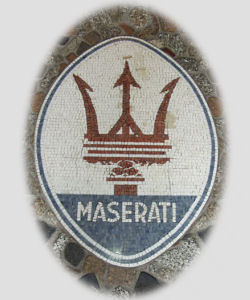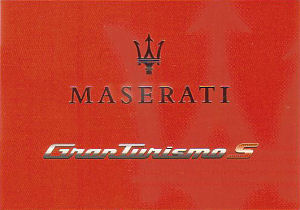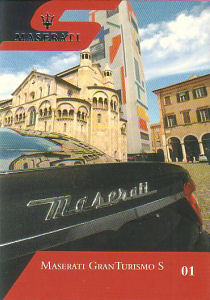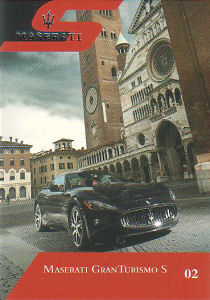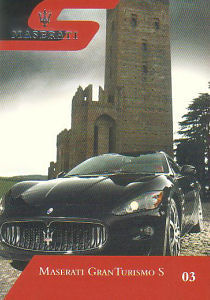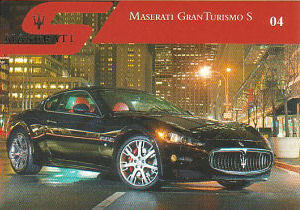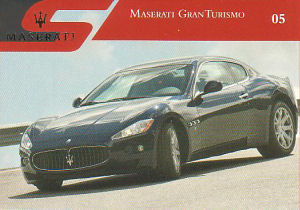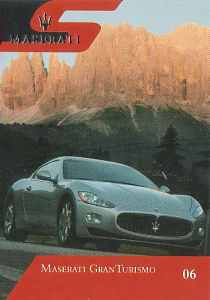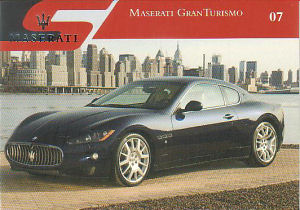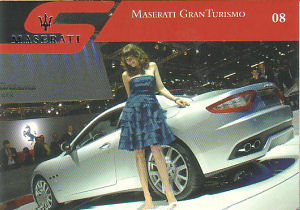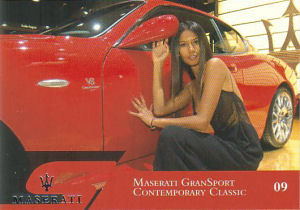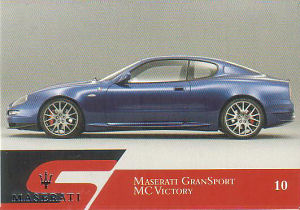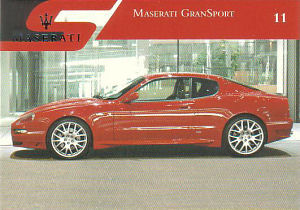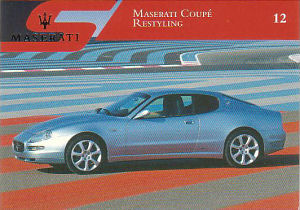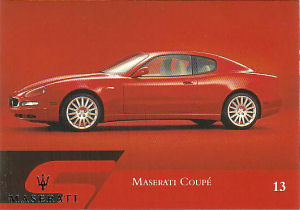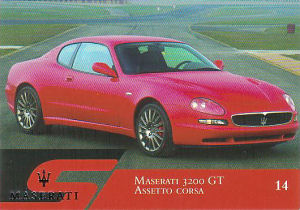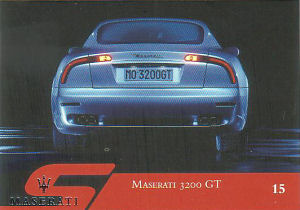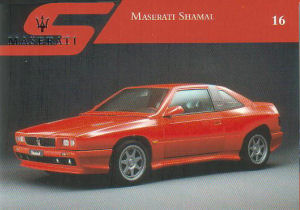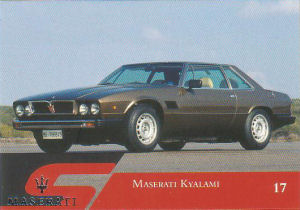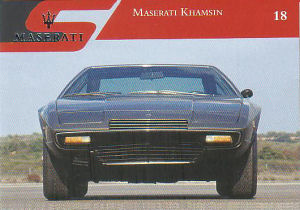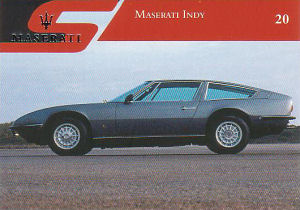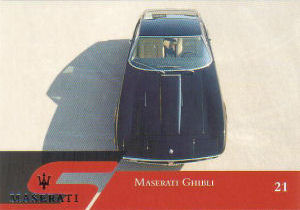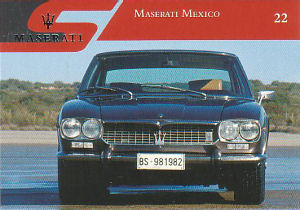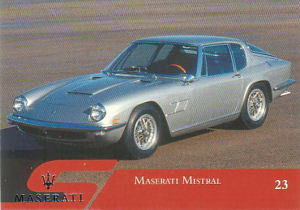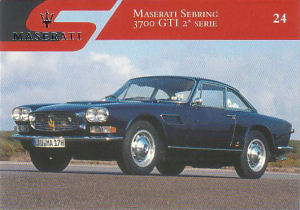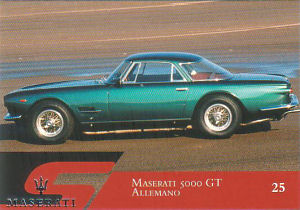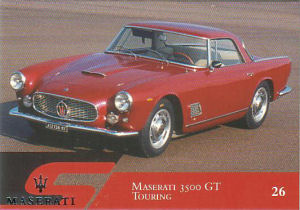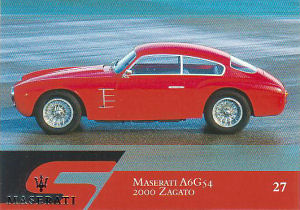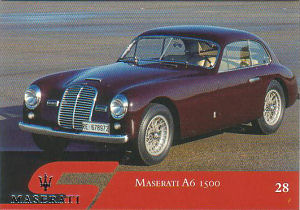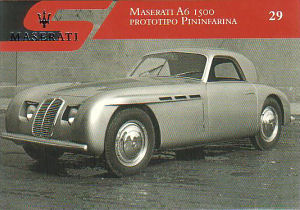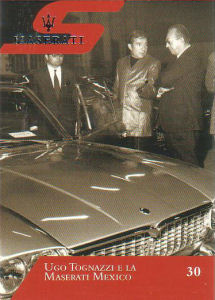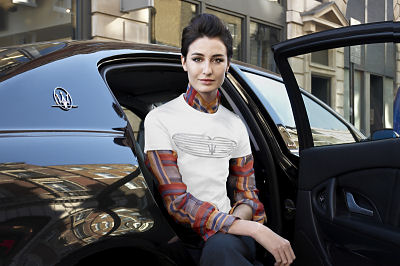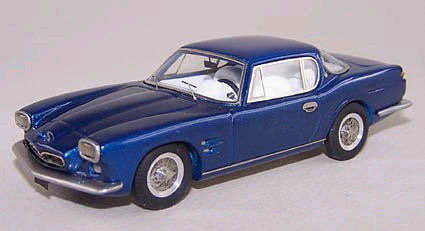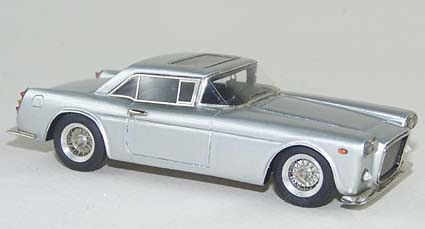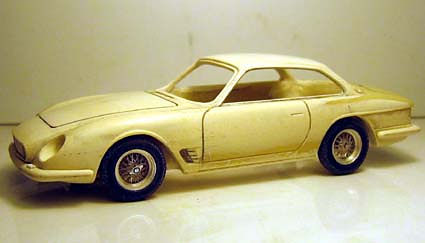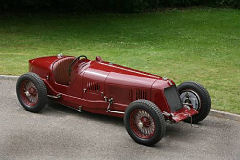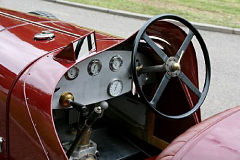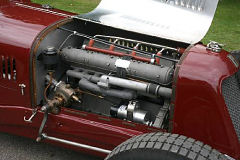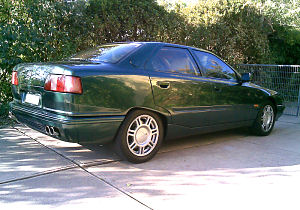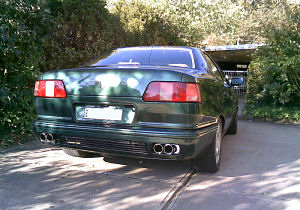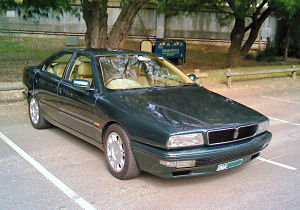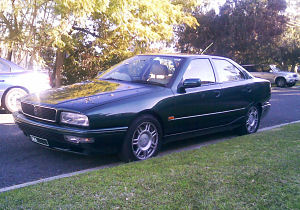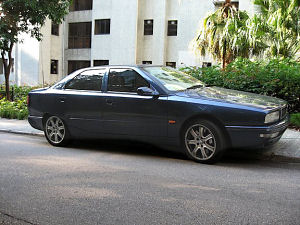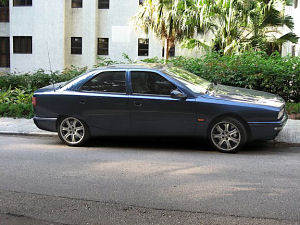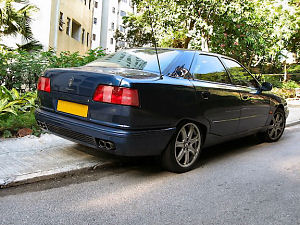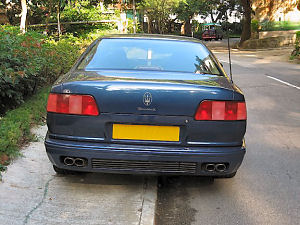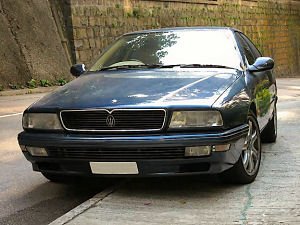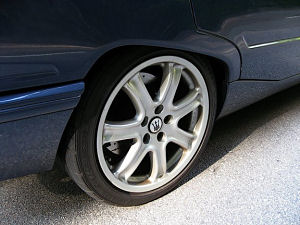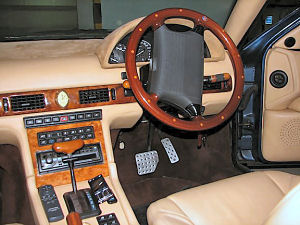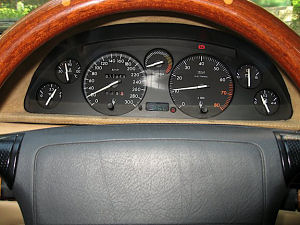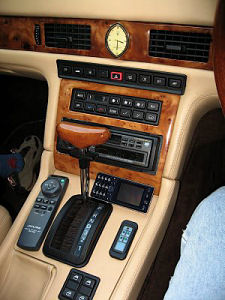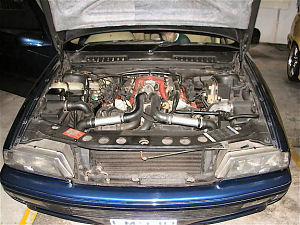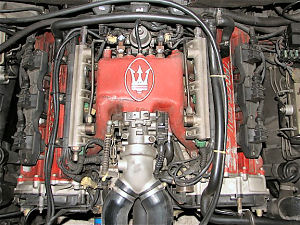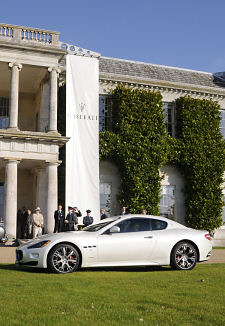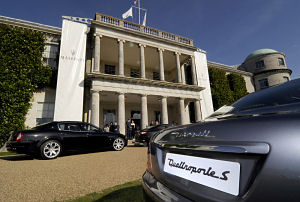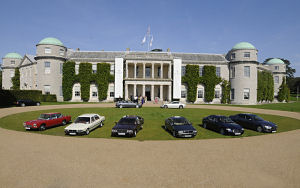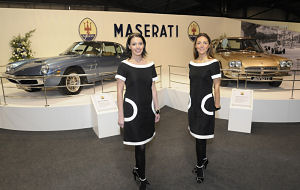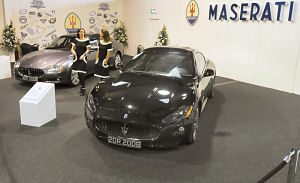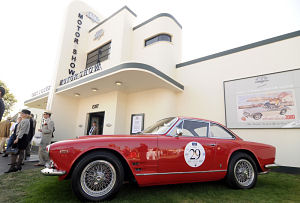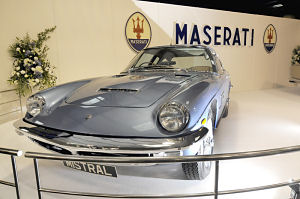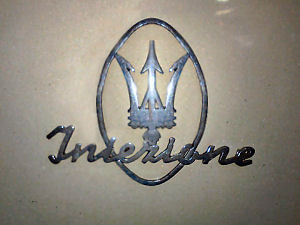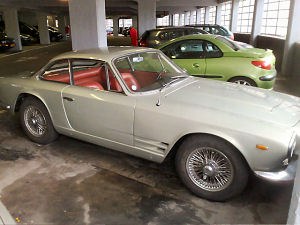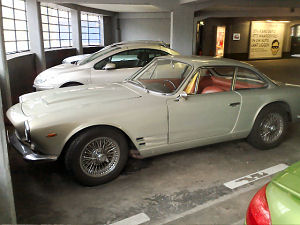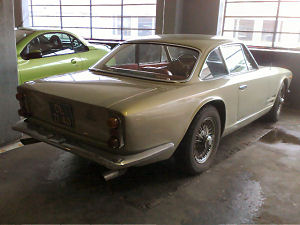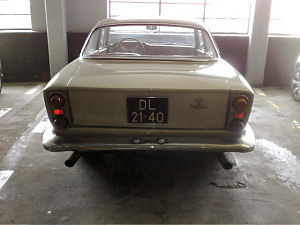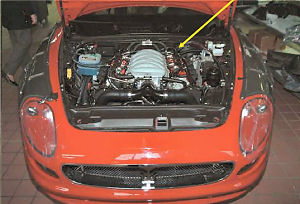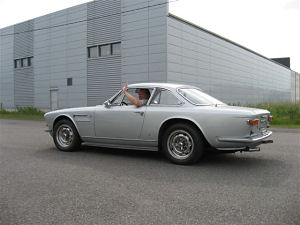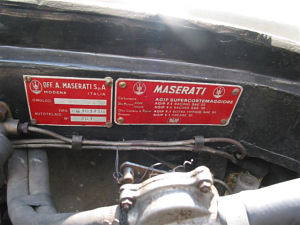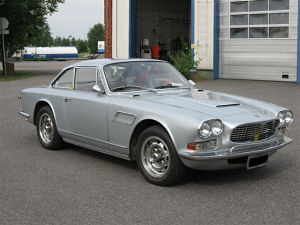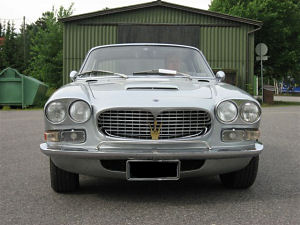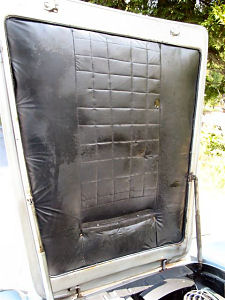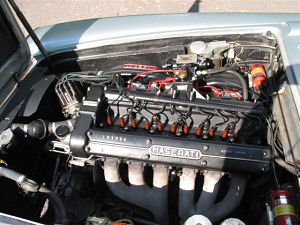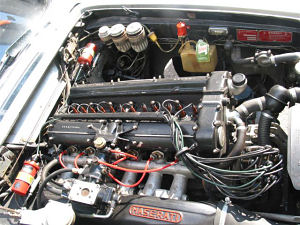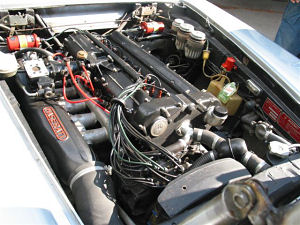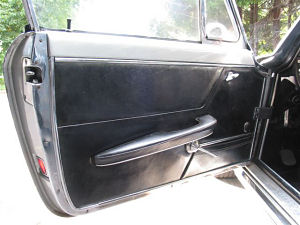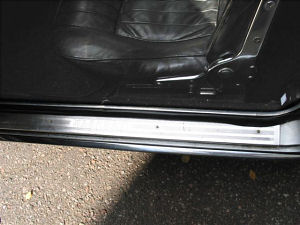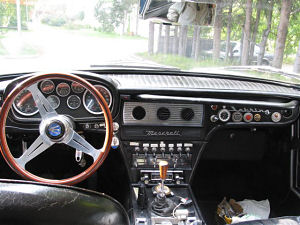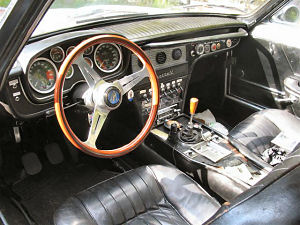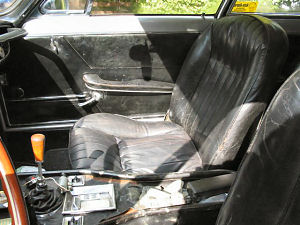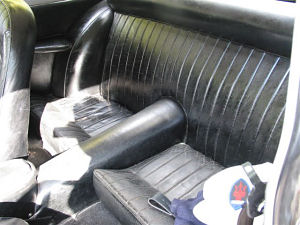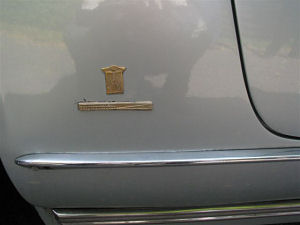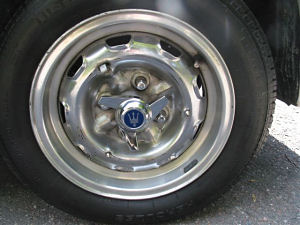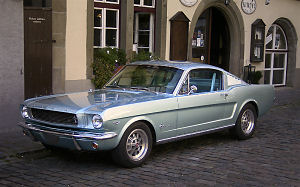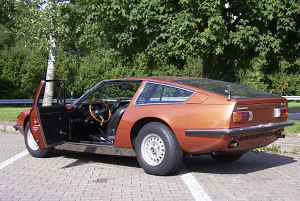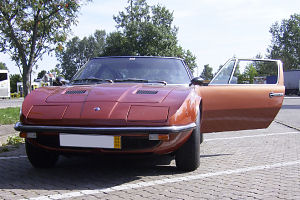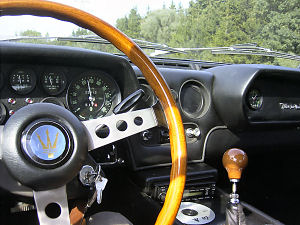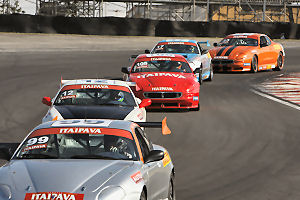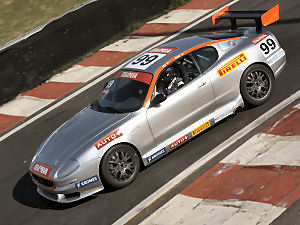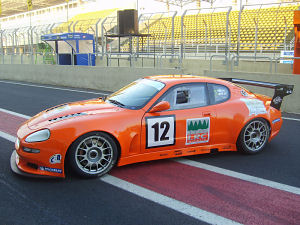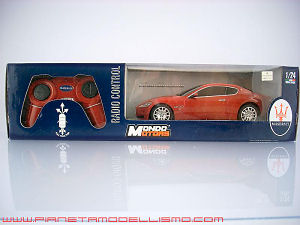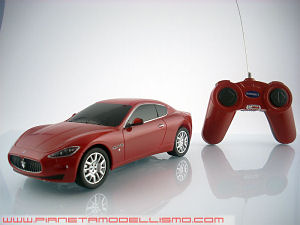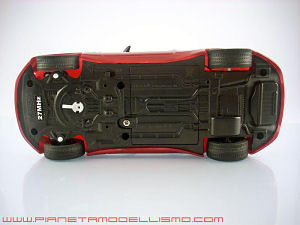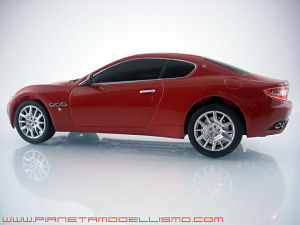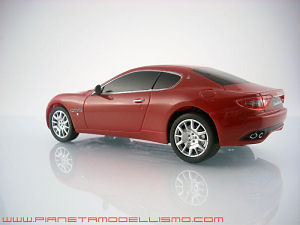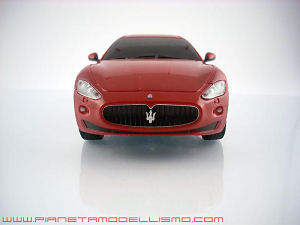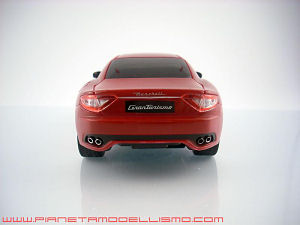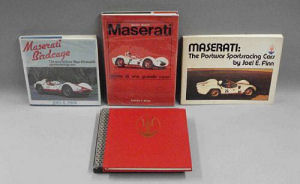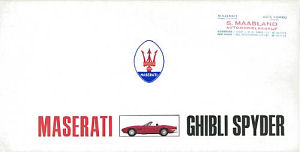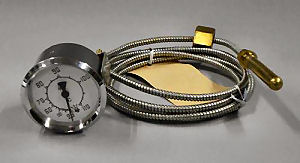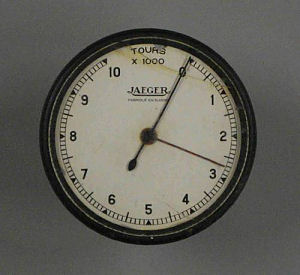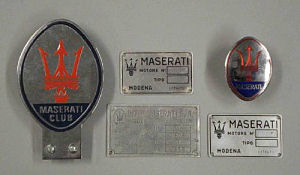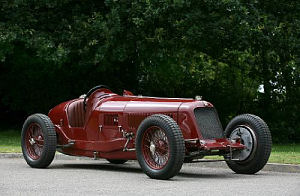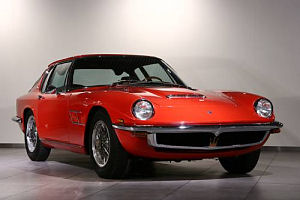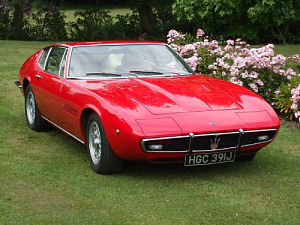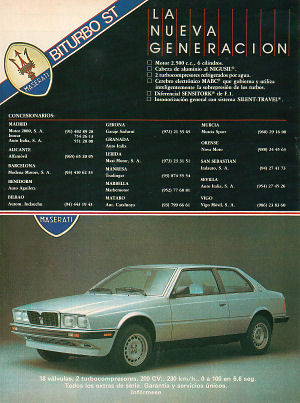The car has been assembled and completed from an original restoration project ‘kit of parts’ which had been accumulated over many years during creation of the well-known A J Lees Collection here in the UK, which was created over a lengthy period, largely spanning the 1970s to the 1990s. This ‘kit of parts’ included many both original and re-sourced components that are effectively impossible to find today without the additional investment demands of re-drawing and fabricating from square one.
What came together in the Lees Collection proved to be a quite remarkable assembly of mixed original, re-sourced Maserati 8C components which included chassis frame, major engine castings and internal components, major transmission castings and internal components, axles, brake drums, back-plates and internals, steering, radiator, radiator cowl, bodywork assemblies, instruments, electrics, even many minor fixtures and fittings – the majority in fact of the kind of detail components which can make or mar any such restoration project, and whose absence can often prove so disproportionately costly to correct that they break the heart of a well-meaning enthusiast, and the total project remains uncompleted.
An approximate cross-section of the parts offered in the Lees Collection Maserati 8C ‘kit’ included the following:
Front axle, crankshafts, cylinder block, crank-case, cylinder head, sump, front timing case, cam boxes, inlet manifolds, eight unused pistons by Cosworth, gearbox, axle tube, torque tube, propeller shaft, clutch components, suspension leaf springs, shock absorbers, front hubs, rear hubs, Steering box, stub axles, brake drums, boxed brake shoes, back plates, exhaust system, diff casing, handbrake cable, fuel tank straps, HT leads, half shaft, blower manifold, fuel filler assembly (flip top), starter handle, foot pedal, Kygas, radiator cap, supercharger…plus many, many more.
The missing components were then located by the present vendor and his capable restorer, and the many unmachined castings and other unfinished components included in the overall ‘kit’ were then perfected and assembled. It was decided to complete the engine in as-original 2800cc nominal configuration although a 3000 crankshaft was available within the array of parts.
We understand that the cylinder head and cams are probably original period components, together with the engine gear case, some of the intake manifold assembly and some chassis parts such as the semi-elliptic leaf springs etc. While many of the components purchased originally from the Lees Collection were unfinished or fresh from the foundry, inspection revealed that they were all “of fair quality and quite useable.” Painstaking machining and hand-finishing transformed such parts into high quality components which may be characterised as being absolutely useable.
Since the supercharged straight-8 cylinder twin-cam engine delivers considerable power and torque the decision was made during the Lees Collection period to include a later-model 8CM-style hydraulic drum brake system with the kit rather than rely on the inferior original-style cable brake arrangement. When the slipper-bodied centerline single-seat Maserati 8CM emerged in Europe for the 1933 Grand Prix season it became the first such car to feature hydraulic brakes since the French Grand Prix-winning 3-liter straight-8 Duesenberg in 1921.
As a useable Vintage-style racer/road car this Maserati promises all the sensation, sights, sounds and feel of a multi-million dollar original but available here and now at a realistic level. The craftsmen responsible for finalising the car had to complete the interior and source gauges, fine-finish the various fuel and oil tanks which had come from the Lees Collection with the kit, and also complete the radiator system. No original-style magneto could be found for the engine’s ignition system, so a similar-period Vertex has been used with a custom cradle to adapt it to this application. At the time when a change of circumstances decided the vendor to offer this car for sale, the engine had been run successfully, and the car has been “taken round the block several times, accelerating up through the gearbox and braking back down again – and it all works, without any adverse issues so far.”
From 1930-32 the Maserati brothers’ Bologna factory built some 14 Maserati 26M and 26M Sport competition cars with 2495cc 185bhp straight-8 engines, and the sports version established complete superiority through the 1930 racing season. Their brief reign was then overturned by the new Alfa Romeo 8C-2300 Monza and Bugatti Type 51 twin-cam cams for 1931. It was in response to this reversal in fortune that Alfieri Maserati then responded by increasing the cylinder bore of his 26M engine from 65mm to 69mm – the maximum possible permitted by his ‘2500’ block casting – which with the 69mm stroke length produced a displacement of 2811cc. Power output was claimed to be 205bhp at 5,500rpm. Bologna-based carburetor manufacturer Edoardo Weber collaborated with Maserati in perfecting the new engine’s induction system, and it was with this 8C-2800 model that the marques of Maserati and Weber grew together.
This new engine was installed in the proven 26M design chassis frame but the bodywork was refined and improved, adopting a lower profile for greater aerodynamic efficiency and better penetration.
The Maserati 8C-2800 made its debut in the 1931 French Grand Prix at Montlhery, just south of Paris, where the rugged Luigi Fagioli broke the lap record. A second car was available in time for Rene Dreyfus to drive it in the Monza Grand Prix that September, where Fagioli won in spectacular style.
Against this background we now offer this superb, part original supercharged Maserati 8C-2800 that could undoubtedly reward an enthusiastic new owner with some tremendous truly vintage-style motoring and motor sport. It is a car that has to be viewed in person to appreciate it fully. It is, above all, a magnificent tribute not only to the original Maserati family company’s contemporary competition car design, but also to their modern-era counterparts who have produced such a mouth-watering machine. In period such a car fought pitched battles on track with the Alfa Romeo Monza, and the Bugatti Type 51. In context, this Maserati will surely offer its new owner tremendous value. We have been advised that HTP – Historic Technical Passport – papers should be issued upon inspection. This is due to take place prior to sale and interested parties are advised to check with the Bonhams office. The car will be subject to 5% import duty if remaining in the EU. |
Lot No 350:
1965 Maserati Mistral Coupé
Coachwork by Carrozzeria Frua
Chassis no. AM109*516"
- Estimate GB £30,000 - 35,000
Maserati’s survival strategy for the 1960s centred on establishing the company - which hitherto had mainly concentrated on its Grand Prix and sports car racing activities - as a producer of road cars. The Modena marque’s new era began in 1957 with the launch at the Geneva Salon of the Touring-bodied 3500GT. A luxury ‘2+2’, the 3500GT drew on Maserati’s competition experience, employing a tubular chassis frame and an engine derived from the 350S sports car unit of 1956. Suspension was independent at the front by wishbones and coil springs, while at the back there was a conventional live axle/semi-elliptic arrangement. Power output of the gorgeous twin-cam six was around 220bhp initially; later examples producing 235bhp on fuel injection.
The next development of the theme arrived in 1962. Built on the short-wheelbase chassis of the Vignale-bodied 3500GT spyder, the Sebring coupé featured a five-speed gearbox, disc brakes and fuel injection as standard equipment, with automatic transmission, air conditioning and a limited-slip differential available as options.
Last of the classic six-cylinder Maseratis, the Pietro Frua-styled Mistral commenced production in 1963. The 3.7-litre version of the famous long-stroke engine was fitted to most cars, other options being the 3.5-litre or, from 1966, the 4.0-litre unit, all of which came with Lucas fuel injection. A handsome two-seater on a shortened, square-tube chassis, the Mistral was built in coupé and spyder versions, the former’s opening rear window hatch making it unusually practical for a sports car. A five-speed gearbox, disc brakes and fuel injection were standard equipment; automatic transmission, air conditioning and a limited-slip differential the options. Production ceased in 1970, by which time a total of 827 coupés and 123 spyders had been built.
This Mistral comes with a quantity of invoices for servicing work undertaken between 1998 and 2001 while it was in the USA, together with an appraisal by K&K Vintage Motorcars, of Houston, Texas. Dated 3rd May 2001, the latter document notes that the car had ‘new paint and new leather upholstery’ as well as Borrani wire wheels. Its condition at that time was rated as either ‘outstanding’ or ‘excellent’ in every respect. In addition to the aforementioned documentation, the car comes with Maserati ‘technical tips’ and spare parts manuals. |
Lot No 372:
1965 Maserati Mistral Coupé
Coachwork by Carrozzeria Ghia
Chassis no. AM115*1858"
- Estimate GB £28,000 - 34,000
A strong contender for the ‘most handsome car of the 1960s’ title, Maserati’s Ghibli debuted in coupé form at the Turin Motor Show in November 1966. Styled at Carrozzeria Ghia by Giorgetto Giugiaro and named after a Sahara Desert wind, the Ghibli rivalled the Ferrari Daytona for straight-line performance - its top speed was close to 170mph (275km/h) - while beating it for price and, arguably, looks. More than 4.5m long and 1.8m wide, the Ghibli occupied an inordinate amount of space for a mere two-seater, but perhaps the most startling aspect of its appearance was the height, or rather the lack of it. Dry-sump lubrication enabled the engine to be mounted deep in the chassis, permitting a low bonnet line, while limited suspension travel ensured that the tyres did not foul the wheelarches. The roofline fell away from the top of the steeply raked windscreen to the chopped-off tail, Giugario thus achieving a cabin lower than that of almost all the Ghibli’s contemporaries, albeit one with restricted headroom for rear passengers.
Like the contemporary Mexico 2+2, the Ghibli used a shortened version of the Quattroporte saloon’s tubular steel chassis in its live rear axle form. Perhaps surprisingly, the Ghibli set-up used leaf springs and a single locating arm in preference to the more complex suspension arrangements favoured by its rivals. The power unit was Maserati’s venerable, four-cam, 90-degree V8, an engine derived from that of the 450S sports racer and first seen in road-going guise in the 5000GT. This was used in 4.7-litre form up to 1970 when it was superseded by the 4.9-litre ‘SS’ version in order to meet ever more stringent emission laws. The gain in horsepower was minimal, but in either case performance was stunning, with 100mph (160km/h) attainable in under 16 seconds. Even more sensational was the handsome Ghibli Spyder, launched in 1969 and the direct rival of Ferrari’s Daytona Spyder. Ghibli production ceased in 1973 after approximately 1,149 coupé and 125 spyder models had been built.
A left-hand drive model fitted with the desirable ZF five-speed manual gearbox, this Ghibli Coupé was imported into the UK from Italy in the late 1980s (a copy of the Italian registration documents on file shows that the car was from Genoa). Since importation, the car has had two owners prior to the vendor, the first being solicitor Jonathan Kellet who owned it from 1989 until 1997 when it was purchased by Mr George Campbell. Expired MoTs on file show that the car only travelled 6,000-or-so kilometres in that period, during which time it was restored, benefiting from a bare metal re-spray in red, interior re-trim in magnolia leather and re-plated brightwork. One of the best of its kind currently available, ‘HGC 391J’ has seen relatively little use of late and is presented in good condition throughout. The car is offered with sundry restoration invoices, current MoT and Swansea V5 document |


